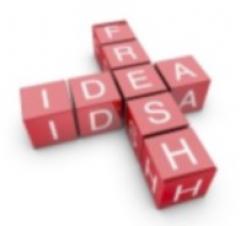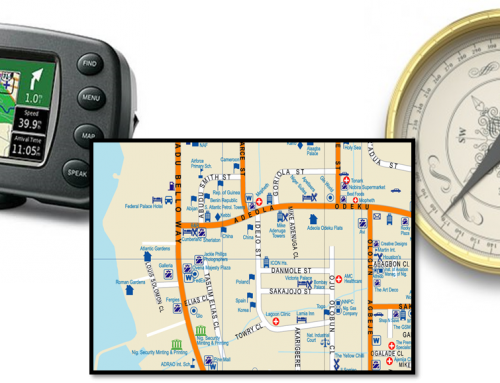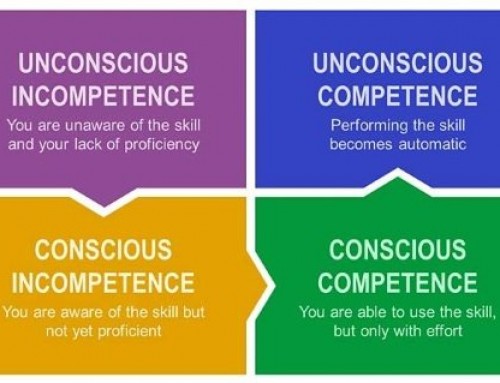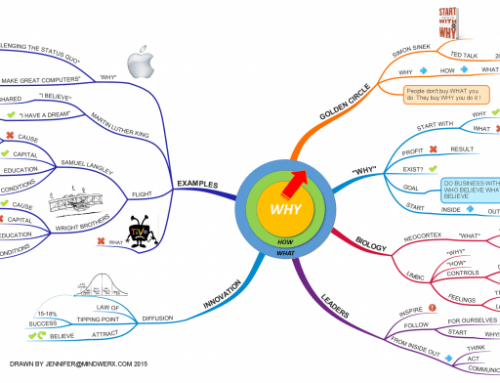 Last Thursday and Friday I was facilitating five 45-minute idea generation sessions for a major retailer who had brought together more than 300 store managers and buyers for two days in Melbourne. The Overall Focus for these sessions was reducing the cost of doing business, and each group had between 60-70 participants.
Last Thursday and Friday I was facilitating five 45-minute idea generation sessions for a major retailer who had brought together more than 300 store managers and buyers for two days in Melbourne. The Overall Focus for these sessions was reducing the cost of doing business, and each group had between 60-70 participants.
The conference was organized so that after the initial full group presentations by the CEO and key executives, the 300 plus participants broke into 5 groups and rotated through five different ‘workshops’. Each workshop was designed to engage staff in understanding where the organization was going, and getting their input into helping the business grow.
One workshop looked at enhancing Wellness in the workplace, another looked at mobile Shopping Technologies, another was exploring the Evolution of Retail shopping, another was aligning staff to Customer Service strategies, and lastly was the session I was involved with.
 Each of the five workshops was scheduled for a total of 65-70 minutes and was planned and led by a Senior Manager, with support from some of their key people and in our case, with the help of an external specialist – in this case me. As I said the overall aim was looking at the Cost of Doing Business, and working with the organizing team, I had them articulate a different specific focus for each of the five sessions we ran.
Each of the five workshops was scheduled for a total of 65-70 minutes and was planned and led by a Senior Manager, with support from some of their key people and in our case, with the help of an external specialist – in this case me. As I said the overall aim was looking at the Cost of Doing Business, and working with the organizing team, I had them articulate a different specific focus for each of the five sessions we ran.
Focus of course is the key to any effective idea generation session, and in this case with only a total of 65 minutes, with 40-45 minutes allocated to me for the actual idea generation stage, we needed to be very clear on what we were looking for and how we would get it done. And that’s where Deliberate Creative Thinking and the use of our Zing Team System comes in.
My brief was to lead the groups through an idea generation session, allowing them to get as many ideas out as possible, but to also give them some time to develop a couple of ideas a bit further. In addition they wanted everyone to take away a new skill they could use back at work when looking for some new ideas. Quite a challenge for 45 minutes – but one I loved.
 So naturally I wanted to demonstrate our divergent-convergent Applied Creativity & Innovation approach, and show them how it worked for idea generation. And I wanted to give them a simple lateral thinkingtechnique they could use back at work.
So naturally I wanted to demonstrate our divergent-convergent Applied Creativity & Innovation approach, and show them how it worked for idea generation. And I wanted to give them a simple lateral thinkingtechnique they could use back at work.
The set-up was great, Roger the senior executive opened by explaining what we were all there for and showing some real results from the last such conference. Then he turned everyone over to me. We had nine teams organized, each with a Zing Keyboard for the capture of ideas.
I started by explaining the process we’d be using, and had them do a 2-minute Zing practice session on a fun topic to get used to the keyboard. In that 2 minutes they generated about 100 fun things to do if they were locked in one of their big stores overnight. They had a ball!
Then we got onto the real Focus for the workshop. The Cost of Doing Business – with their specific focus clearly articulated.
I had them start with some simple brainstorming for 5-6 minutes to capture some starting ideas, and using Zing each group captured between 70 and 90 starting ideas. A good start, but I wanted more.
So I introduced lateral thinking, and using a set of random image cards I demonstrated how creative association works, and then they got back into their idea generation, entering new ideas as they appeared. The goal here was new and ‘different’ ideas than they already had, and every group did just that. In fact no group did less than double the number of ideas captured, and one group ended up with a total of 237 ideas captured. Divergent thinking at its best!
Of course I then explained the difference between ripe ideas, unripe ideas, and concepts and challenged them to review what they had come up with to further build just two stronger ideas for further development. It wasn’t that these would be the only ideas to be progressed, we had everything captured, but I wanted them to experience Convergent Thinking, and in 7-8 minutes they had done just that, and captured them using Zing. And that ended my 45 minutes with the group.
Trent from the management team then took over to let them know what would be happening next with the ideas, and they all left to head away to another workshop. Over the two days we ran five of these, two on Thursday afternoon, and three on Friday morning.
 In total the groups captured about 1000 ripe and unripe ideas, to be used as input into the development of some solid strategies for improving their business. They also identified about 30 or so more interesting ideas that they will take to the next stages in coming weeks.
In total the groups captured about 1000 ripe and unripe ideas, to be used as input into the development of some solid strategies for improving their business. They also identified about 30 or so more interesting ideas that they will take to the next stages in coming weeks.
And the beauty of it all was everyone was able to contribute, every idea was captured and there is a clear path forward to honour and use the ideas they generated.
After the conference I headed to the airport, and while waiting for the flight I was able to spell-check all the ideas captured, and clean them up in both Word and Excel formats they can use to sort and prioritize. And I had all that done and emailed back to my client by 3:00 Friday afternoon.
The great thing about working with great clients is that they know what they want, and we’re clear on how we can help. In this case they got the ideas they needed, as well as some valuable new skills for 300 of their people to take back. And I got another chance to do what I love to do – support people who want to think more creatively. Win-Win for sure.
I hope this has given you a feel for how powerful collaborative creativity can be successfully achieved, and some ideas on how you might engage your own people in making your organization even more awesome.
And if we can ever assist with any team facilitation or conference event, remember we offer a range of creativity services you can see on the website. We’d love to chat about what you’re planning so contact me anytime. bill@mindwerx.com
Let the Cre8ivity Begin!






Leave A Comment
You must be logged in to post a comment.